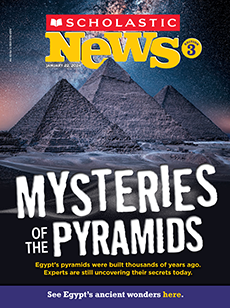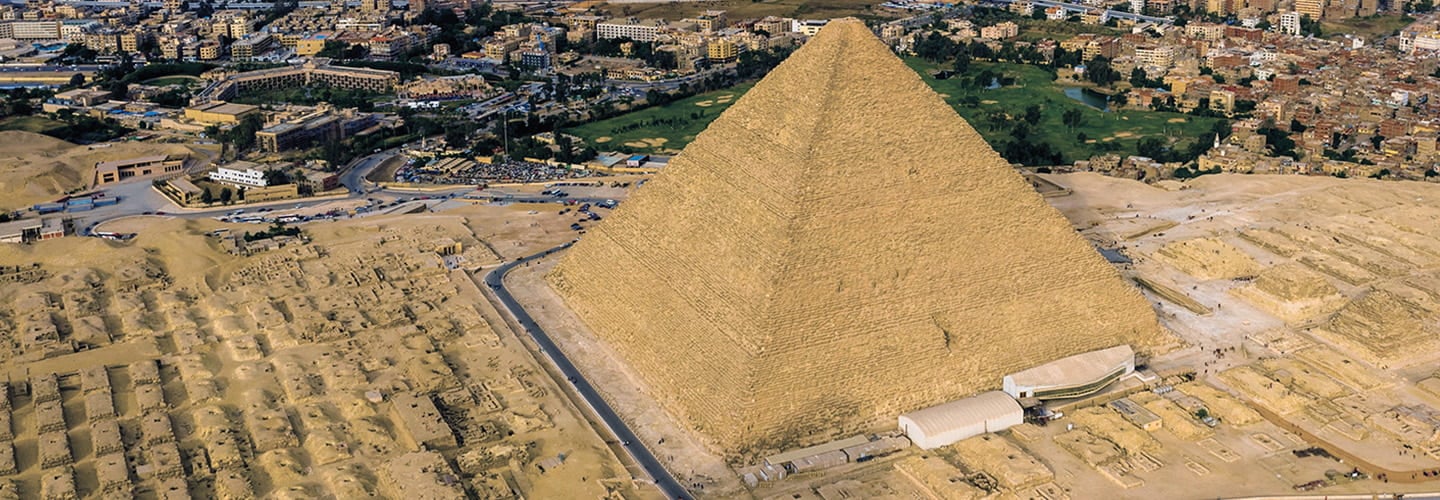For more than 4,500 years, the Great Pyramid of Giza has towered over the Egyptian desert. This famous structure is filled with mystery. What treasures might be hidden inside it? And how exactly was it built? People have been hunting for answers to those questions for centuries.
A team of scientists joined the hunt in 2015. Working on a project called ScanPyramids, they used modern machines to examine parts of the pyramid that people can’t reach.
Earlier this year, the team announced a big discovery. They had found a hidden corridor inside the pyramid. Will that discovery lead to more answers?
The Great Pyramid of Giza towers over the Egyptian desert. It has stood for more than 4,500 years. This famous structure is filled with mystery. What treasures might be hidden inside it? How exactly was it built? People have been hunting for answers to those questions for centuries.
A team of scientists joined the hunt in 2015. They are working on a project called ScanPyramids. They use modern machines to examine parts of the pyramid that people can’t reach.
Earlier this year, the team announced a big discovery. They had found a hidden corridor inside the pyramid. Will that discovery lead to more answers?

